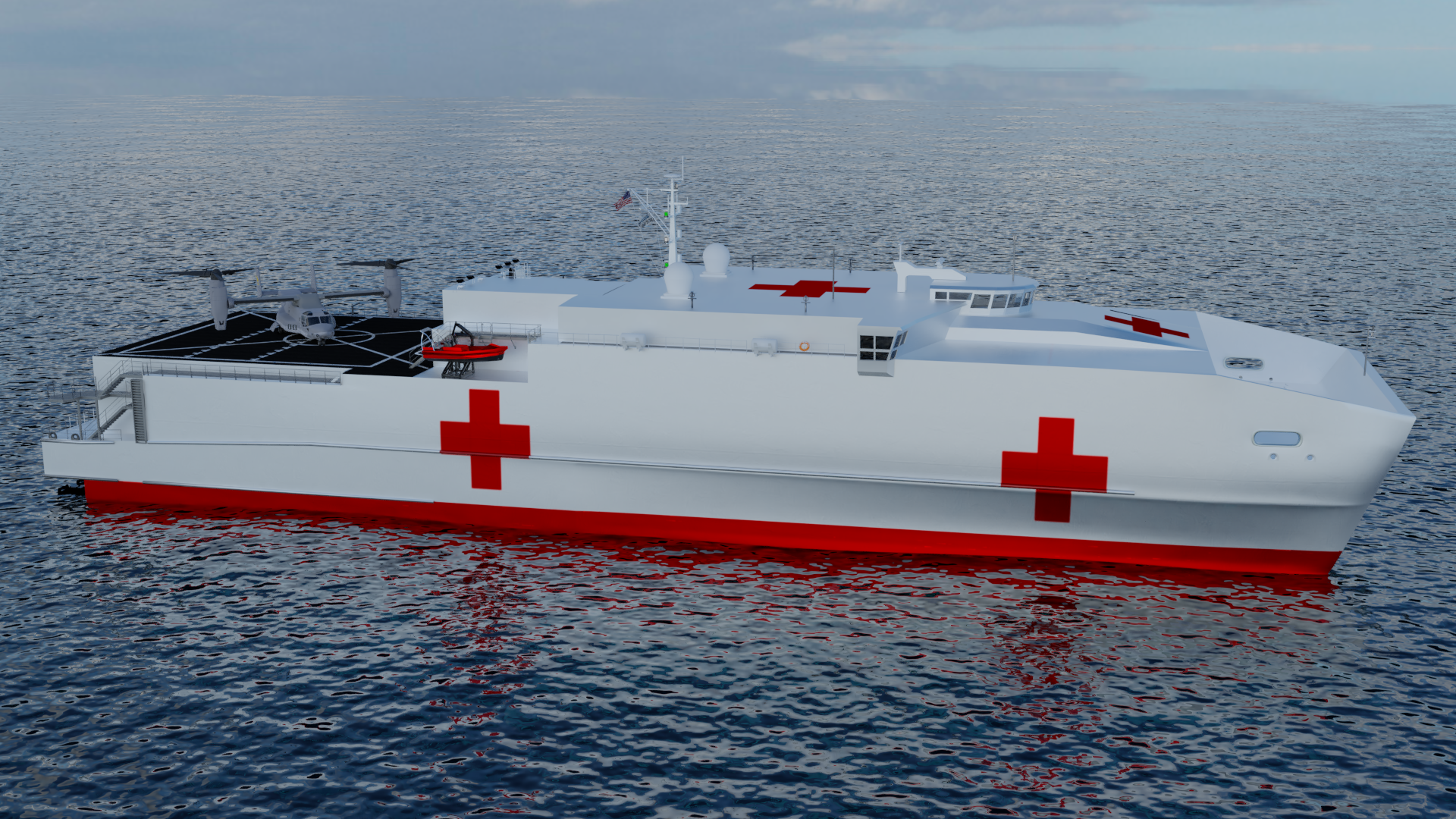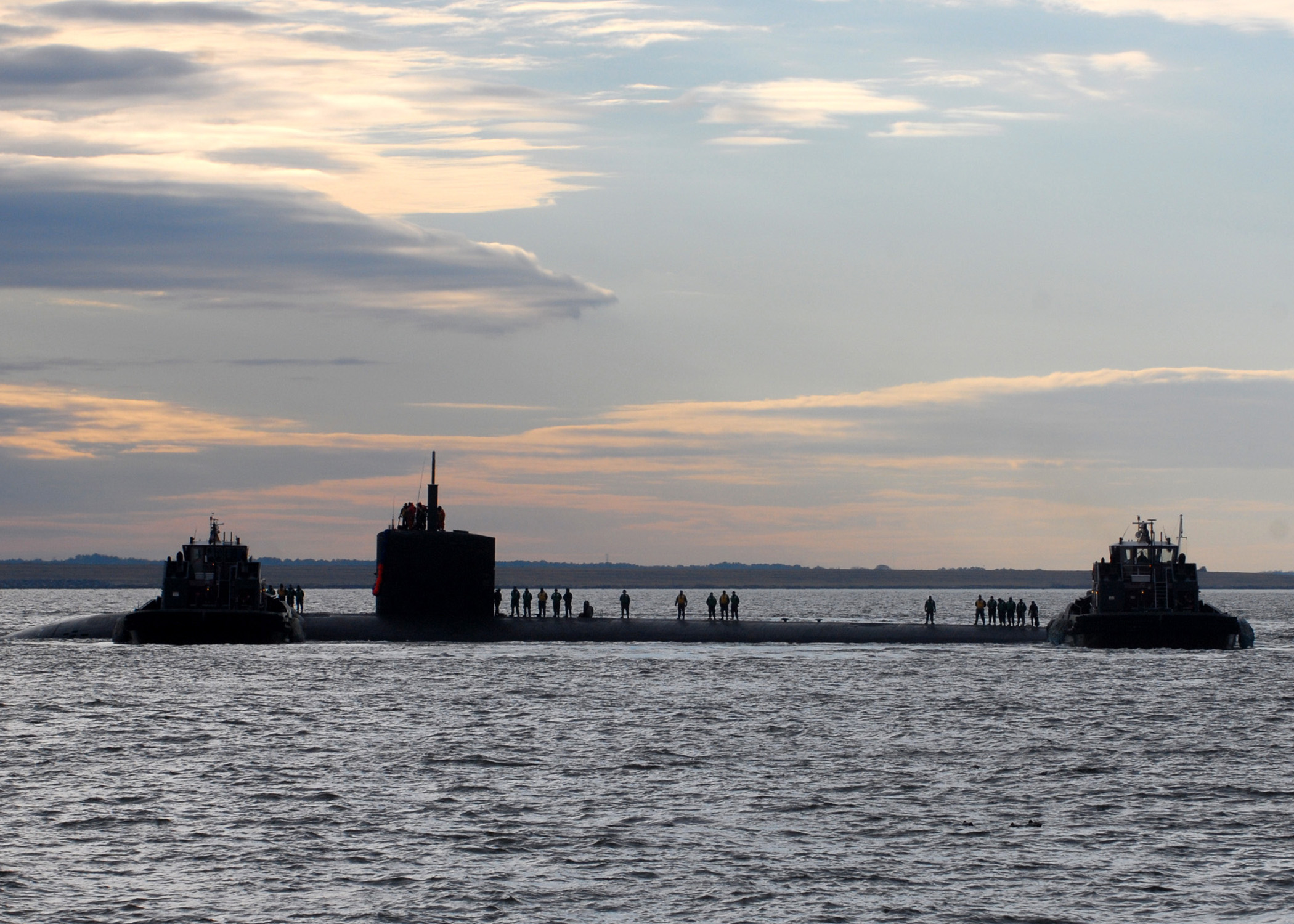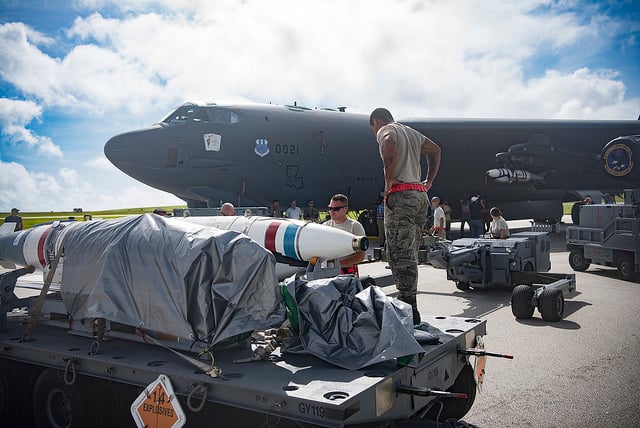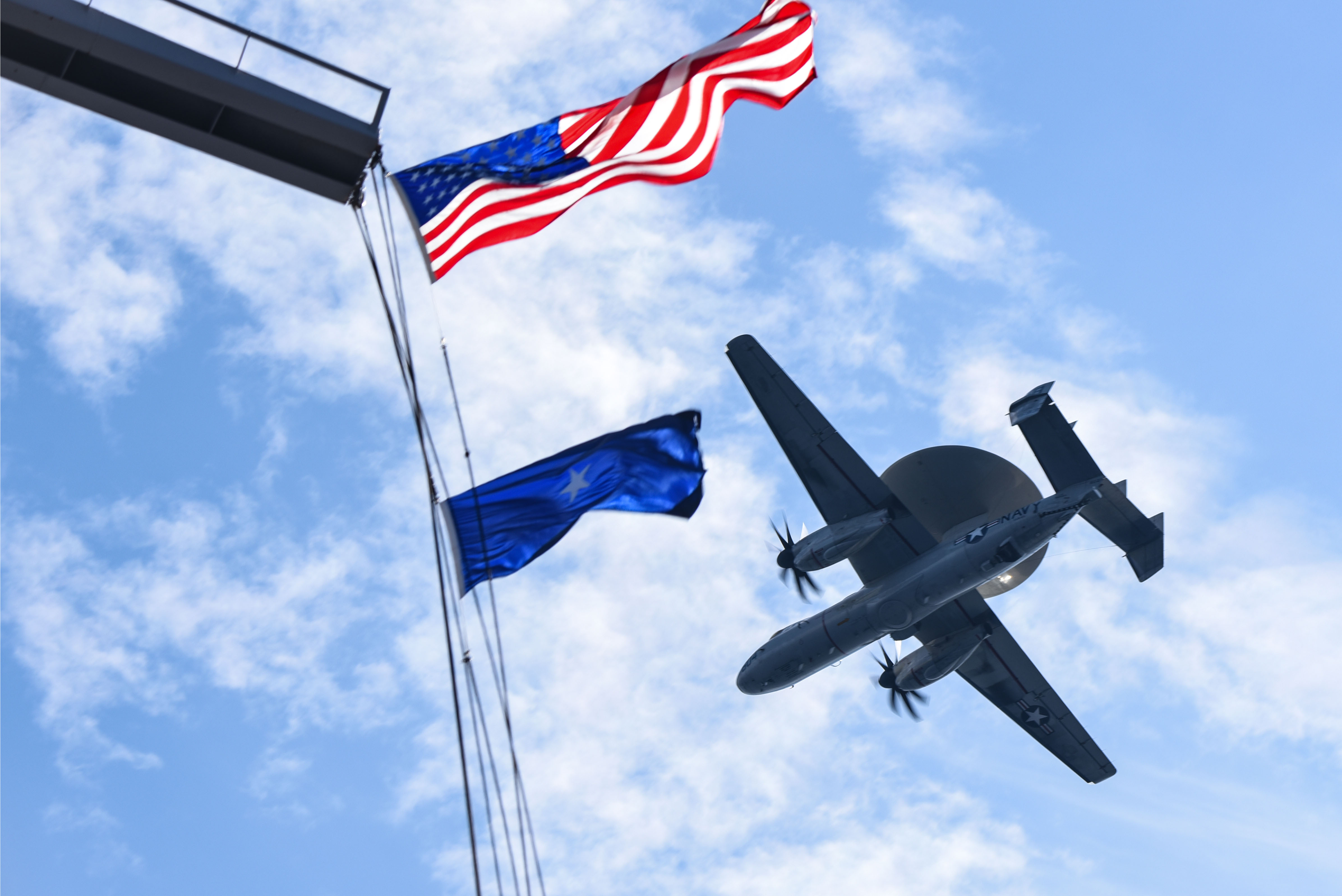
Finding $653 million for a trio of submarines that the Navy is trying to repair in private yards and $49 million to convert a Military Sealift Command ship into an ‘ambulance’ for naval forces top the Navy’s unfunded priorities list that was delivered to Congress on Friday.
The $3.2 billion in spending items the service needs but could not include in the Defense Department’s formal budget request splits the request into two lists – 10 items the Navy is presenting as “recommendations for requirements that have emerged since the budget has been formulated,” and 10 items that are “recommendations to achieve increased lethality should additional funding become available.”
The highest priority item that didn’t make it into the Department of the Navy’s $205.6-billion portion of the budget request is money to repair three Los Angeles-class submarines (SSN-688) in need of maintenance in private yards: $290 million for USS Boise (SSN-764), $306 million for USS Hartford (SSN-768) and $57 million for USS Columbus (SSN-762).

The Navy’s struggle to repair Boise has been indicative of the service’s larger problems with submarine maintenance. The attack boat has been waiting so long for repairs that it lost its certification to dive, along with two other 688s. Part of the solution the Navy is exploring is moving repair work from the service’s four public yards to private yards.
Last year, the Government Accountability Office found that delays in maintenance had resulted in a substantial loss in operational days for the service.
“Our analysis found that the primary driver affecting attack submarines are delays in completing depot maintenance,” reads the November report. “For example, of the 10,363 total days of lost time since fiscal year 2008, 8,472 (82 percent) were due to depot maintenance delays.”
For the surface maintenance, the unfunded priorities list calls for $160 million that includes $40 million in deferred maintenance for USS Stockdale (DDG-106) and USS Michael Murphy (DDG-112) and $70 million for other maintenance availabilities that were deferred in Fiscal Year 2019.
The number-two priority on the list was a request for $49 million that would convert a Spearhead-class Expeditionary Fast Transport (T-EPF) into an Expeditionary Medical Transport.
The request said, “the EMT will provide ‘Ambulance’ type medical services” for a distributed maritime force with Role 2 Enhanced Medical Requirements. Under the military definition, those capabilities include “triage and resuscitation, treatment and holding of patients until they can be returned to duty or evacuated, and emergency dental treatment. Though normally this level will not include surgical capabilities, certain operations may require their augmentation with the capabilities to perform emergency surgery and essential post-operative management.”

Third on the list is an ask for $259 million in “high priority ordnance” that includes $71 million in Quickstrike air-dropped sea mines, $34 million in AIM-9X Blk II Sidewinder air-to-air missiles, $62 million for Naval Strike Missiles so the Navy can field the anti-ship missile on eight Littoral Combat Ships, and $16 million in Mk 48 heavyweight torpedoes.
Other priorities from the funding list include:
- $52 million for F/A-18E/F Super Hornet engine spares.
- $172 million for guided-missile cruiser modernization work for USS Chosin (CG-65) and USS Vicksburg (CG-69).
- $247 million to accelerate a new manpower, personnel and education data system.
- $48 million to complete a Seawolf-class (SSN-21) service pier in Kitsap, Wash.

Following the unfunded priorities, the Navy’s lethality checklist includes $393 million for two P-8A Poseidon anti-submarine warfare aircraft, $240 million for two F-35C Lighting II Joint Strike Fighters, and $346 million for E-2D Advanced Hawkeye maritime surveillance aircraft.
The lethality upgrades also include $80 million for an additional 150-kilowatt High Energy Laser with Integrated Optical-Dazzler and Surveillance (HELIOS) for installation on an Arleigh Burke-class guided-missile destroyer. The Navy has already awarded a $150 million contract for two systems – one to be installed on a ship and a second for land-based testing.
Rounding out the lethality upgrades was $19 million for improvements to the Navy’s bridge control systems. That includes “adding physical throttles to the Ship Control Console, a voyage data recorder, additional cameras to the digital video surveillance system, and software upgrades to the steering and propulsion control system,” reads the list.
Confusion over the throttle settings on a digital system aboard USS John S. McCain (DDG-56) was a key factor in the Aug. 20, 2017, collision with a merchant ship that resulted in the death of 10 sailors. Adding a physical throttle to all bridge systems was a key recommendation in subsequent investigations.





